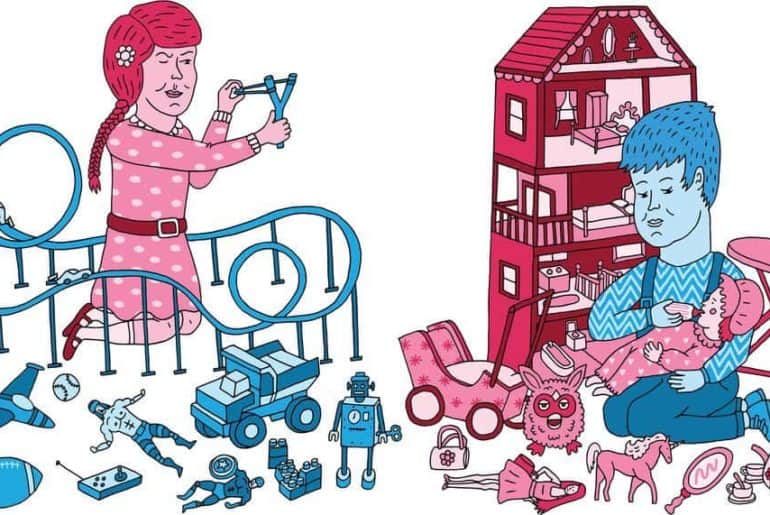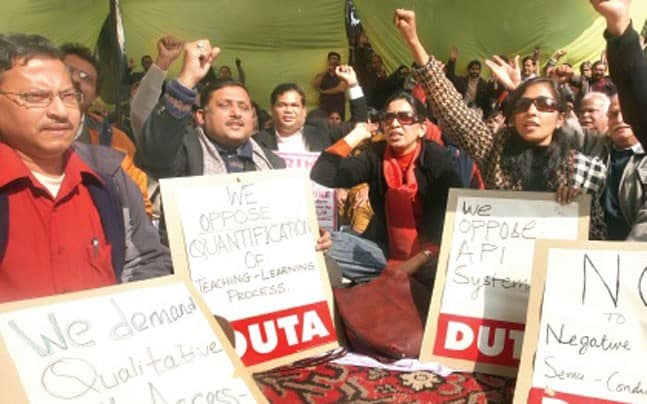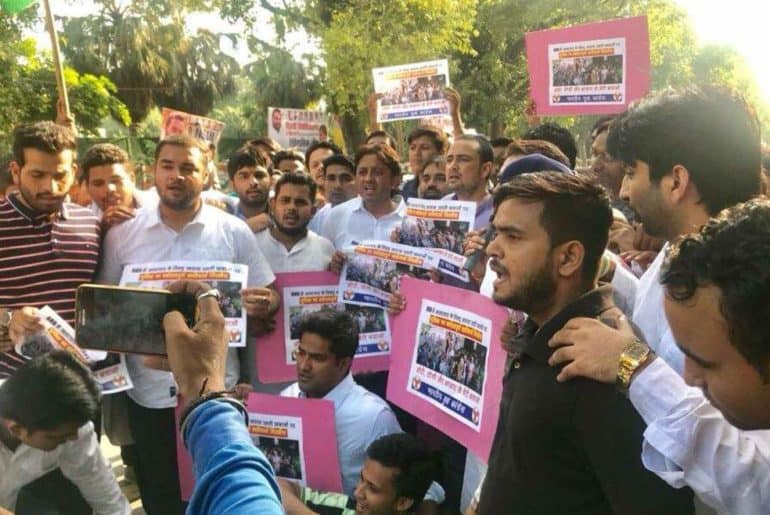The long drawn admission procedure to the premier university of the country might be in for a major change as the University of Delhi (DU) is planning to drastically decrease the number of cut-off lists for admission to its three-year undergraduate courses from the academic session of 2018-19. With over 2 lakh applicants vying for 56,000 seats in as many as 64 affiliated colleges, does this mean relief from the tardy and distressing process of admission to DU?
The plan for this maneuver comes at the outset of a record number of 11 cut off lists being released over a period of 2 months in the admission process of the previous year. While the online application process started on May 22, the first cut-off came out on June 24 and the last cut-off on August 23. The session started from the July 20. Unlike most other universities across the country which start and wind up the admission process within a month of declaration of results, DU’s admission process is long, spanning over a period of two months, which witness the students shifting from one college to another with the release of each cut-off.
On conditions of anonymity, a senior member of DU Admission Committee confirmed that this strategy was being adopted so that “the prolonged process of admission is cut short”. Various stakeholders, including college Principals, are to be consulted before coming up with a model for this strategy. The official added that this year, the application process will possibly start 10-15 days earlier as compared to last year. What implication this would have on the students from different boards, considering the lack of uniformity in the dates for the declaration of results, is a question to ponder upon.
In the midst of confusion and apprehension, this strategy, however, raises a glimmer of hope for a more desirable and effective admission process. There is scope for optimism as it is speculated that decreasing the number of cut-off lists may increase the time that a student gets for taking admission, and it is also expected to decrease the overall time of the admission process. In a bid to test waters through this strategy, DU’s admission committee has convened a press-conference regarding the admission processes of undergraduates.
Feature Image Credits: India Today
Vaibhavi Sharma Pathak
















